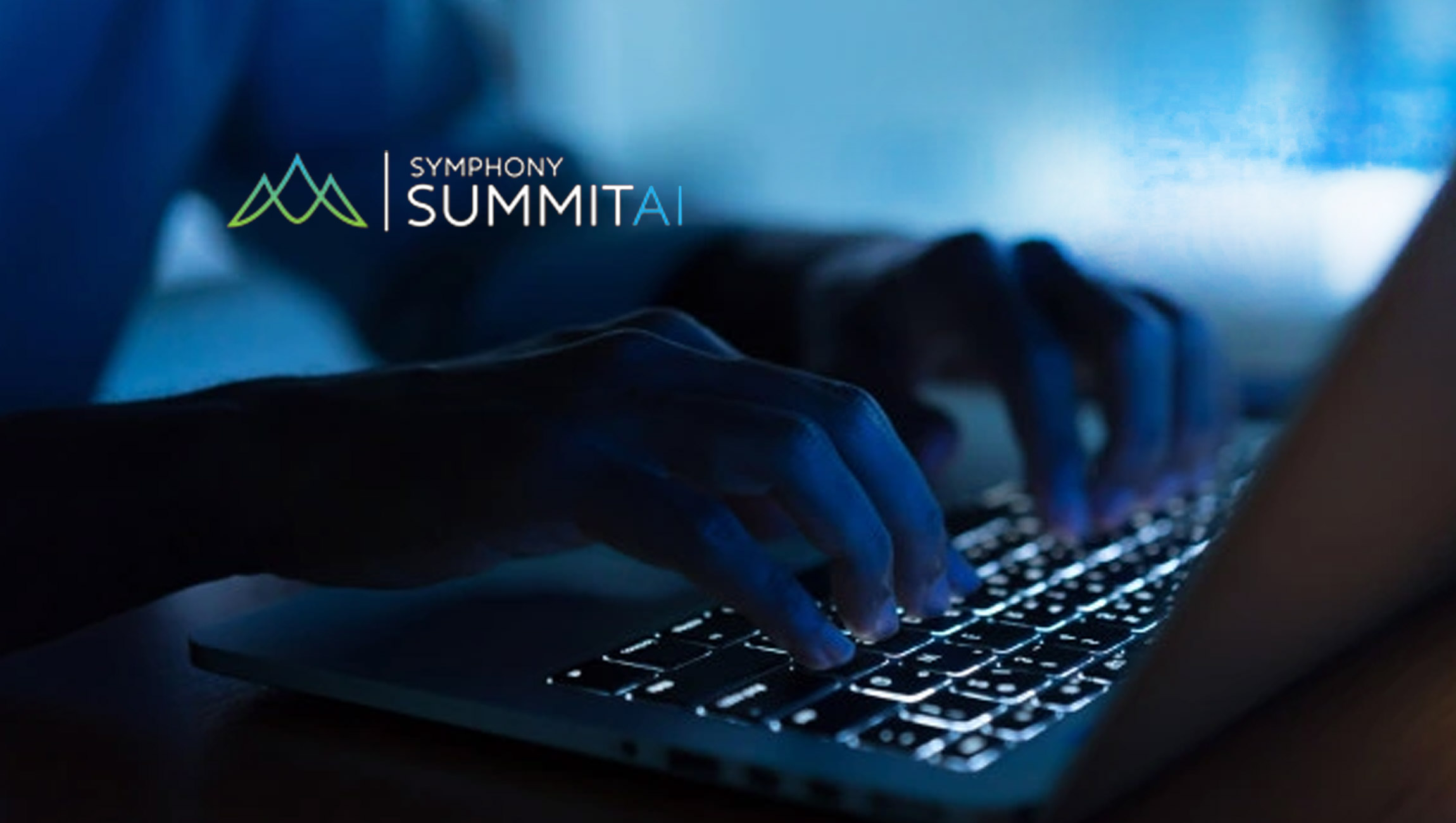Television leaders are always evaluating how they can improve the viewer experience and ensure quality business outcomes for their advertising partners. That’s why Comscore, a trusted partner for planning, transacting and evaluating media across platforms, is excited to share that a Syracuse University research paper analyzing audience retention, powered by insights from Comscore, won first place in the Open Paper Competition for the Broadcast Education Association (BEA) Research Division.
The paper, entitled “Developing an Ad Viewing Retention Model for TV Comedy Through Machine Learning,” presents a model that can potentially be used to predict audience retention at various levels of ad pod saturation, thus allowing networks to curate commercial breaks to optimize the viewer experience.
The research team applied its proprietary machine learning to Comscore’s signature TV Essentials® second-by-second television viewing data, program ratings, and to Comscore’s Exact Commercial Ratings® data to identify key attributes and patterns that optimally predict commercial viewership.
Marketing Technology News: Comscore Elevates Veteran Data Scientist Dr. Michael Vinson To Chief Research Officer
Key Insights
- Predictability was achieved at up to an 80% accuracy rate.
- The model validates that ad retention is highest at the beginning of the pod and during shorter breaks.
- A surprising finding is that the program’s view-through percentage is a strong attribute in predicting audience retention. This suggests that program content may play a role in maintaining commercial audiences.
“We’re excited to see that our ongoing collaboration with Syracuse University is driving actionable results and that Comscore’s powerful insights are continuing to fuel research and innovation across the industry,” said Nancy Beall, Executive Vice President, Commercial.
The paper was authored by Fiona Chew, Professor of television, radio and film, and Beth Egan, Associate Professor of advertising, along with Chilukuri K. Mohan, Professor of electrical engineering and computer science, Sanup Araballi, Dongqing Xu and Amanda Qi Ni. This is the team’s second BEA win together after their 2019 paper “TV Program-Ad Genre Congruence and Ad Avoidance: Applying Neural Networks to Assess Effects” took top place in the BEA’s research division.
The research was funded by a CUSE Grant and is an interdisciplinary collaboration between the Newhouse School and the College of Engineering and Computer Science, with information provided by Comscore. The paper will be presented at BEA’s virtual annual conference in April 2021.
Marketing Technology News: Nativex Earns Privacy Certification From ePrivacy
Comscore TV Essentials® provides television buyers and sellers with precise, massive-scale measurement of national television programming and advertising. Leveraging TV viewing from more than 60 million screens and more than 30 million households across the U.S., TV Essentials offers a level of granularity and stability absent from traditional television measurement services – including more precise and more reliable ratings for large and niche networks alike – all day, every day.
With more than a decade of experience measuring television viewership from return path devices across tens of millions of households in all local markets, Comscore is a trusted source for television viewing data. Comscore is also a leader in advanced audiences, which allow the industry to go beyond age and gender to transact on consumer behaviors, interests and lifestyles. This enables TV stations, networks, advertisers, agencies and media companies at both local and national levels to effectively find and reach their ideal audiences to maximize their revenues.











